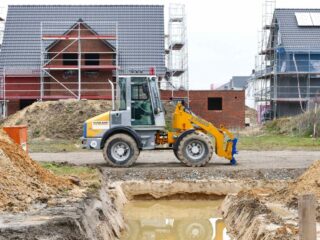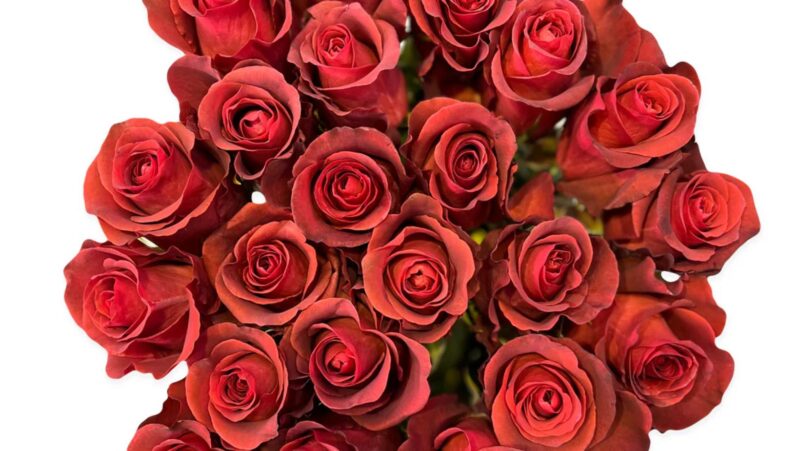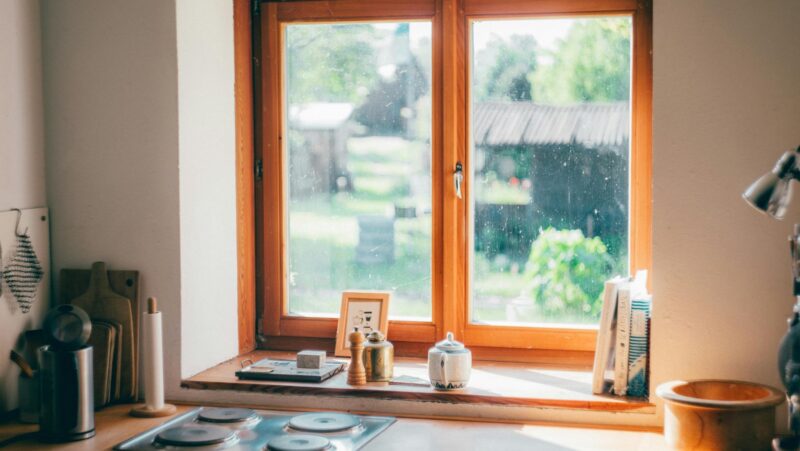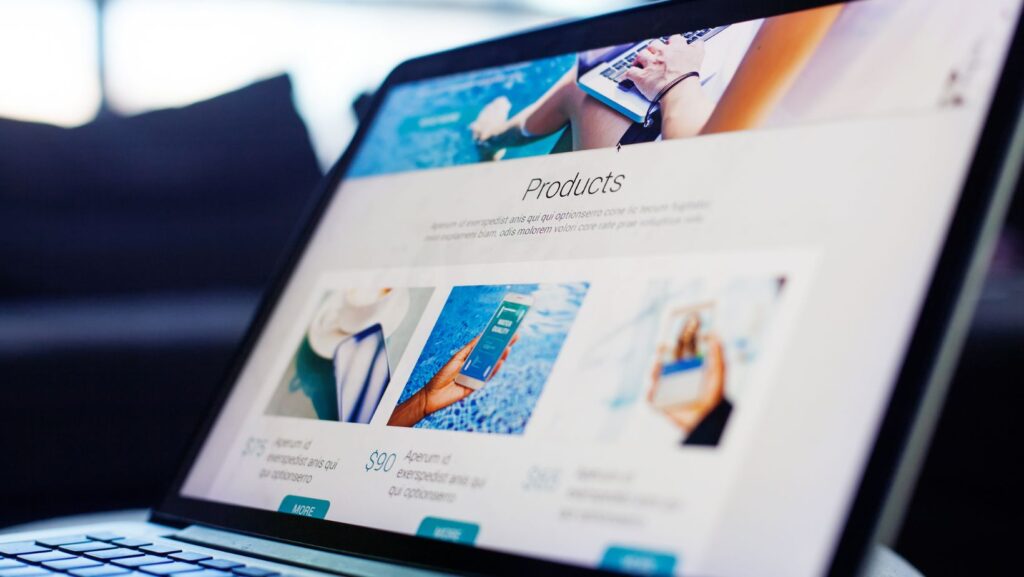
Creating inviting, functional, and visually compelling spaces has become a crucial component of modern design, whether it’s in commercial settings, urban developments, or residential communities. One often overlooked, yet incredibly powerful design element is the planter—not the small ones that sit quietly in a windowsill, but large-scale, bulk planters that command attention and elevate a space. If you’re looking to bring cohesion, greenery, and structure to your next project, bulk planters might be the missing piece in your design puzzle. These oversized vessels are far more than decorative containers. They’re foundational tools for architects, landscape designers, and property developers who want to blend beauty with utility.
What Are Bulk Planters?
Bulk planters are large-scale, high-capacity containers designed to house plants in both indoor and outdoor environments. They’re typically purchased in quantity, hence the term “bulk,” and are used in projects that require a consistent aesthetic across a large area—think commercial buildings, shopping centers, universities, or multi-family housing developments.
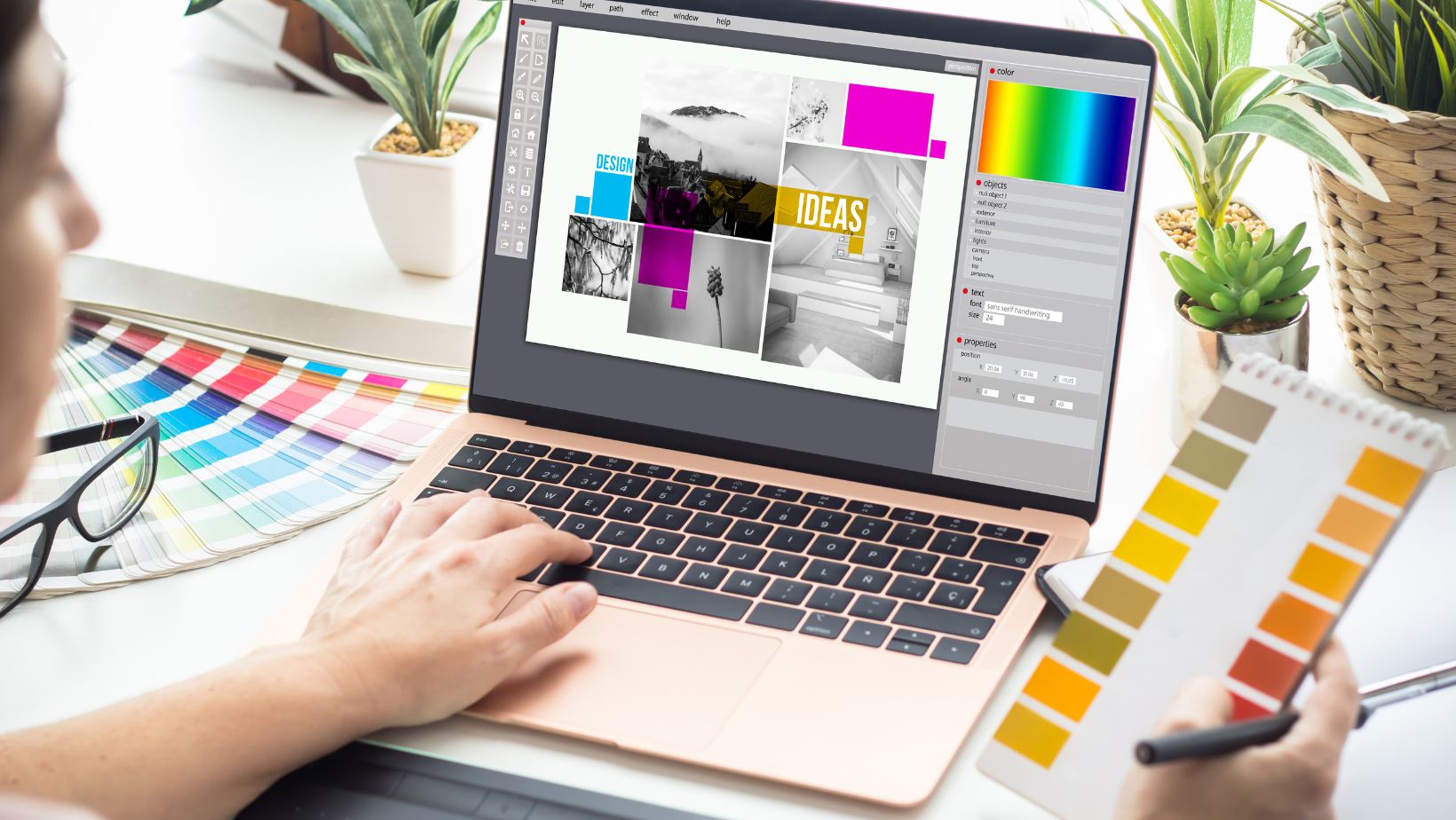
Shape and size also vary significantly. While cylindrical and rectangular forms are common, many designers are now opting for geometric or custom-shaped planters to create unique visual effects. One of the leading names in this space is JBD Concepts, a company known for crafting high-quality, stylish planters tailored for commercial-scale projects.
Functional Benefits of Bulk Planters
When incorporated strategically, bulk planters do more than just hold plants. They play an essential role in shaping how people interact with a space. For example, they can be used as natural partitions in open areas, directing foot traffic or delineating seating arrangements without the need for permanent structures.
They also offer incredible flexibility. While in-ground planting may tie your design to a fixed layout, bulk planters allow you to move or reconfigure greenery as the needs of a space evolve. This is particularly useful in retail or hospitality environments where visual themes change seasonally or by event.
Another key advantage is the level of control they offer over plant health. Designers and facility managers can ensure that each planter has optimal soil, drainage, and irrigation. This leads to healthier plants, reduced maintenance, and better overall presentation.
Aesthetic and Design Advantages
A well-placed bulk planter has the power to transform the feel of a space. These large vessels make an immediate visual impact, whether placed at a building’s entrance, lined along a pedestrian path, or integrated into rooftop gardens.
Their versatility in style is another major plus. From sleek, matte-black fiberglass finishes to natural wood tones and polished metals, bulk planters can match or enhance any architectural theme. Whether your project leans modern, rustic, or industrial, the right planter can bring the design full circle.
Bulk planters also offer unique branding opportunities. Many suppliers offer customization options, including color matching, embedded logos, or etched finishes, making them a smart choice for businesses that want to reinforce their identity in subtle but effective ways.
Ideal Applications for Bulk Planters
The utility of bulk planters spans virtually every sector. In commercial real estate, they bring warmth and professionalism to cold, hardscaped plazas or corporate lobbies. In urban planning, they soften the concrete jungle, improve air quality, and even act as safety barriers along pedestrian walkways.

Event planners also rely on bulk planters as temporary installations to beautify pop-up venues or outdoor festivals. Their mobility and impact make them one of the most flexible tools in a designer’s arsenal.
Sustainability and Environmental Impact
As eco-conscious design becomes more than just a trend, bulk planters are stepping up to meet environmental goals. Many models now come equipped with self-watering systems that conserve water by delivering moisture directly to the roots. This not only saves resources but also reduces maintenance time and cost.
Manufacturers are also producing planters from recycled or sustainable materials. Fiberglass models often use resin composites that are both lightweight and durable, while wooden planters made from responsibly harvested timber offer a biodegradable alternative.
In dense urban areas, bulk planters help mitigate the heat island effect by introducing greenery that absorbs heat and pollutants. They can even support native plant species and pollinator-friendly flowers, boosting local biodiversity in compact, controlled environments.
Final Thoughts
Bulk planters are more than decorative elements—they are essential tools for smart, sustainable, and stunning design. Whether you’re curating a modern outdoor plaza, revamping an apartment complex, or designing an inviting commercial facade, these oversized containers offer a blend of form and function that’s hard to beat. As you plan your next project, consider how bulk planters can bring your vision to life. Their visual impact, environmental benefits, and practical flexibility make them an asset no modern designer should overlook.






